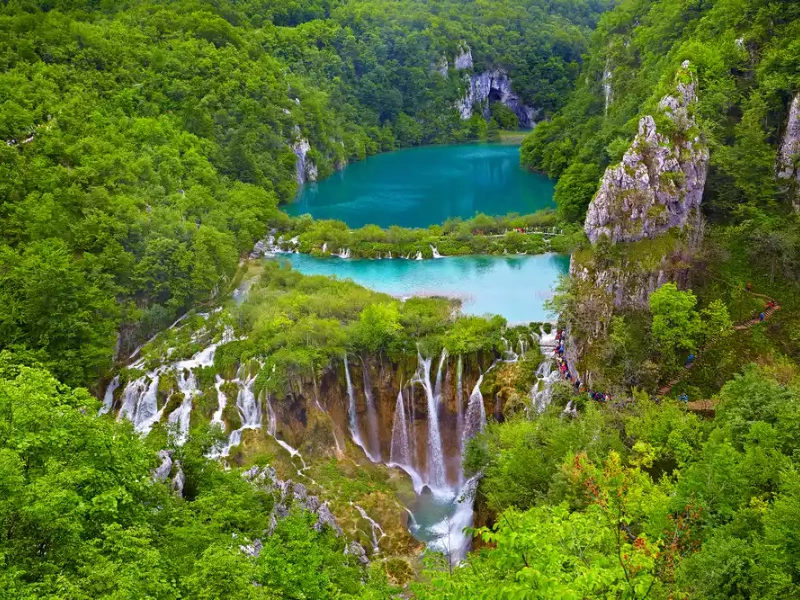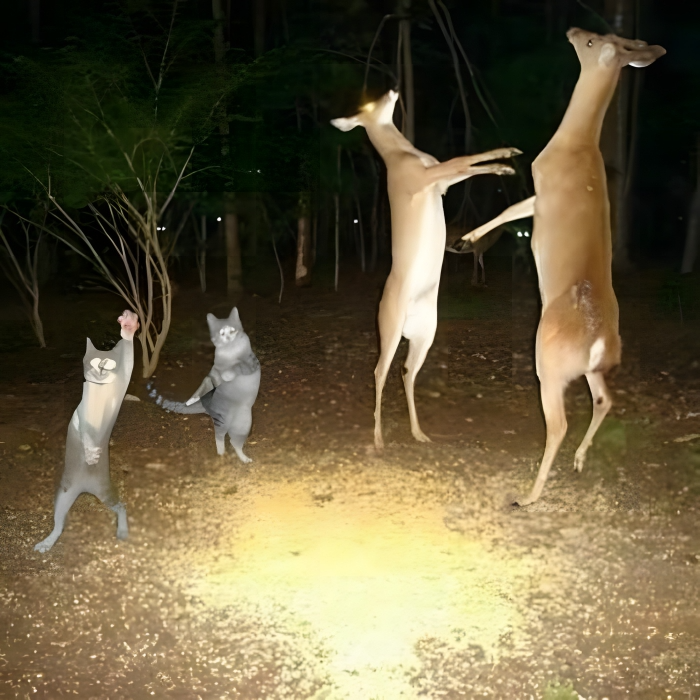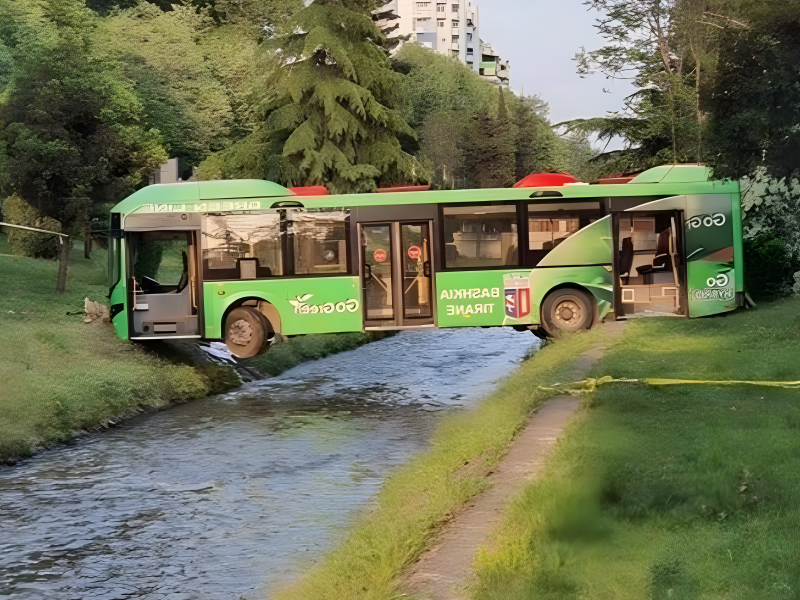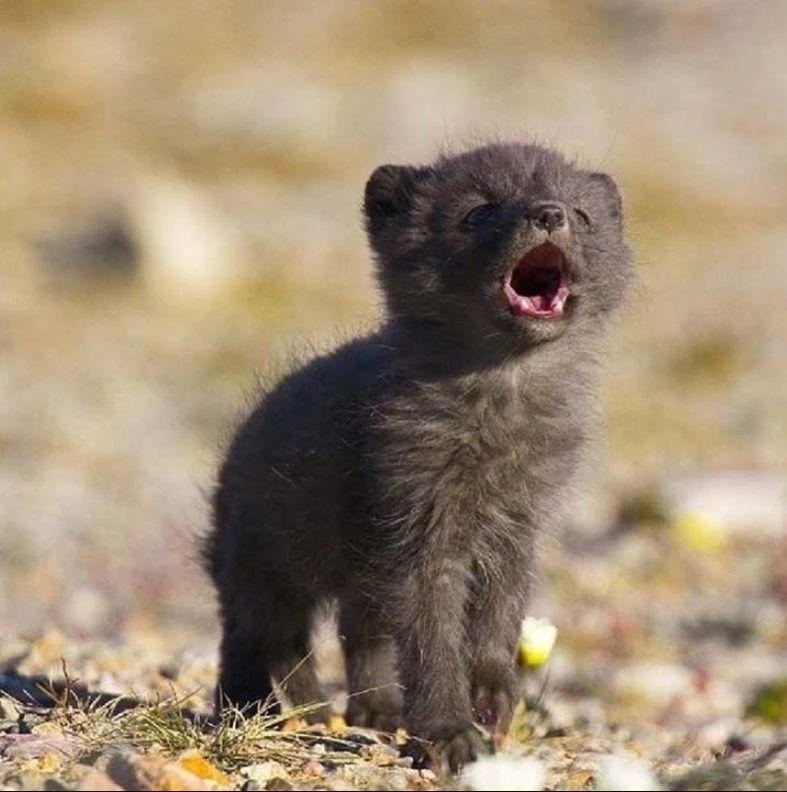13 Bizarre Lakes You Won't Believe Exist
Advertisement
3. Plitvice Lakes: Croatia's Cascading Wonderland

The Plitvice Lakes in central Croatia are evidence of the creativity of nature, producing a scene that seems to have escaped a fairy tale. Sixteen linked lakes, each a hypnotic shade of turquoise blue, make up this amazing system, which is connected by a sequence of waterfalls and underground cavernues. Set against the Dinaric Alps, the lakes feature lush forests encircling their waters, transforming the picture of amazing beauty with every season.
The geological process that created the Plitvice Lakes and still shapes them now makes them particularly distinctive. Natural dams made of travertine, a rare type of limestone produced by mineral-rich water divide the lakes. The dams are expanding at around one-half inch year, and this process of travertine development is continuous. Though at a speed invisible to the human eye, this continuous development means that the terrain of Plitvice is always changing.
The development of the travertine barriers results from a complicated interaction of geological, chemical, and biological processes. Calcium carbonate is deposited by water flowing over moss and algae, which accumulates gradually to create the travertine. Microorganisms that affect the mineral precipitation help this process to be enabled. The outcome is a sequence of naturally occurring dams producing terraced lakes, each emptying into the next via different sized waterfalls.
The Plitvice Lakes' water is well known for its ever shifting colours and clarity. The lakes could show in hues from azure to green, grey, or blue depending on the angle of sunlight and the mineral concentration of the water. Combining the white of the waterfalls with the green of the surrounding trees and this rainbow of colours produces a visual feast that draws tourists from all around.
Established in 1949, the Plitvice Lakes National Park was named a UNESCO World Heritage site in 1979 in recognition of its exceptional geological relevance and natural beauty. Comprising 296.85 square kilometres, the park boasts a varied range of plants and animals. Many threatened species depend on the woodlands around the lakes since they support European brown bears, wolves, eagle, owl, and lynx.
Although the lakes themselves are the main draw, the park presents many more for discovery. Hiking paths let guests see the park's splendour from several points of view. Around and across the lakes, wooden pathways wind their path providing close-up views of the waterfalls and glistening clean waterways. The park becomes a winter wonderland when the waterfalls freeze and snow covers the terrain, providing a quite different but equally wonderful experience.
Maintaining this inherent beauty brings continuous difficulties. The fragile ecology is under threat from the growing number of visitors, hence careful management is necessary to balance tourism with preservation. Restraints on lake swimming and tight management of visitor numbers and park movement have been put in place to safeguard the travertine formations.
Studies carried out in the Plitvice Lakes National Park advance our knowledge of karst ecosystems and travertine generation process. This understanding is not only important for the survival of Plitvice but also affects the management of comparable ecosystems all around. Plitvice is a living laboratory for geologists, biologists, and ecologists as the travertine barriers are continually forming.
The Plitvice Lakes are a valuable indication of environmental health as climate change presents fresh dangers to ecosystems all around. Variations in water level, temperature, or the rate of travertine creation could indicate more general environmental change. Not only does the preservation of this special environment depend on tracking these changes, but also our knowledge of world ecological trends.
A reminder of the subtle beauty and intricacy of natural systems are the Plitvice Lakes. They provide guests a window into a world in which life, stone, and water interact to produce something quite remarkable. These lakes serve as reminders of the need of protecting such natural beauties for next generations to enjoy and explore as we keep learning about them.
Advertisement
Recommended Reading:
Perfect Timing: These Animal Photos Will Amaze You →
You are viewing page 3 of this article. Please continue to page 4
Stay Updated
Actionable growth insights, once a week. No fluff, no spam—unsubscribe anytime.
Advertisement
You May Like

Astonishing Photos That Capture the Unimaginable
10/23/2025

9 Simple Car Hacks That Cost Almost Nothing
10/22/2025

Hilarious Photos That Have Us Scratching Our Heads
09/10/2025

24 Amazing Animals Right Before They Give Birth
08/10/2025

Animals Clearly Running the Show in These Hilarious Photos
09/28/2025

23 Genius Home Repair Hacks That Save You Money
08/06/2025

Discover the Priciest Military Vehicles Ever Built
10/20/2025

38 Most Terrifying Dog Breeds in the World You Must Know
10/11/2025

OMG! These Hilarious Traffic Moments Will Brighten Your Day
09/14/2025

25 Side-Splitting Photos Revealing Women's Tennis Humor
09/04/2025

Must Read Masterpiece: The Eternal Book Of All
09/24/2025

20 Shocking Signs Your Marriage Might Be Doomed to Divorce
08/10/2025

The Most Dangerous Dog Breeds Ranked
08/16/2025

10+ Jaw-Dropping Photos That Shook the Internet
10/17/2025

9 Items You Overwash And 9 You’re Probably Neglecting
09/24/2025

Unbelievable Story: 5 Non-Traditional Families Redefine Normalcy
09/21/2025

Firefighters Save Puppies, Unaware of Their Big Mistake
10/24/2025

Laugh Out Loud: Funny Animal Moments to Make Your Day Better!
09/18/2025

Get a Flat Belly & Smaller Waist in 9 Minutes
10/02/2025

15 Foods to Avoid First Thing in the Morning
10/30/2025

Meet 2024's 25 Most Handsome Men Worldwide
09/24/2025

9 Cutting-Edge Military Submarines Dominating the Seas
10/15/2025

20 Short Haircuts That Will Define Your Signature Style
10/20/2025

The 57 Most Stunning Aircraft Liveries Ever
09/22/2025
Comments
EmberAnchor · 10/11/2025
Filing as a mental model.
LumenCrafter · 10/03/2025
Feels universally adaptable.